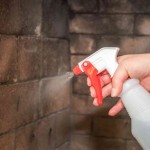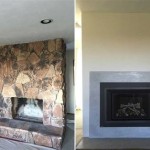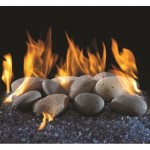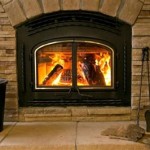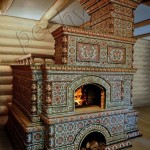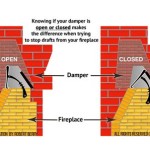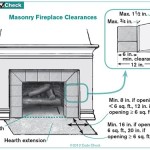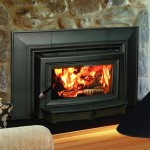Unveiling the Essential Aspects of Gas Vented Fireplaces
The allure of a cozy and inviting fireplace has captivated homeowners for centuries. In modern times, gas vented fireplaces have emerged as a popular and efficient choice. By utilizing natural gas or propane, these fireplaces provide warmth and ambiance without the hassle of traditional wood-burning models. Understanding their essential aspects is crucial for choosing and optimizing the perfect fireplace for your home.
Types of Gas Vented Fireplaces
Gas vented fireplaces come in various types, each offering unique features and aesthetics. Direct vent fireplaces are highly efficient and draw combustion air from outside, eliminating the need for indoor air to be used. Indirect vent fireplaces, on the other hand, draw combustion air from the room and exhaust it outdoors through a separate flue.
Vent-free gas fireplaces, a third type, do not require a flue or external venting. However, they require a constant supply of fresh air for combustion and may not be suitable for all homes.
Benefits of Gas Vented Fireplaces
Gas vented fireplaces offer several advantages over traditional wood-burning fireplaces. They provide instant heat, eliminating the need for waiting or tending to a fire. They are also much cleaner, emitting no smoke or ash into the home.
Gas vented fireplaces are highly efficient, converting most of the fuel burned into heat. They are also environmentally friendly, producing fewer emissions than wood-burning fireplaces.
Installation and Maintenance
Proper installation and regular maintenance are crucial for the safe and efficient operation of gas vented fireplaces. Professional installation by a qualified technician is recommended to ensure proper venting and gas connection.
Regular maintenance includes cleaning the fireplace, checking the venting system, and inspecting the gas logs or burner for any damage. Following the manufacturer's maintenance guidelines can extend the life of the fireplace and prevent potential hazards.
Safety Considerations
Safety should always be a top priority when using a gas vented fireplace. Carbon monoxide detectors are essential to ensure the home is well-ventilated and that no harmful gases are escaping from the fireplace.
Keeping flammable materials away from the fireplace and practicing proper fire safety habits can help prevent accidents. It is also important to ensure that children and pets are supervised when using the fireplace.
Choosing the Right Fireplace
Selecting the ideal gas vented fireplace depends on several factors, including the size of the room, desired heat output, and available venting options. Consulting with a professional can help you determine the appropriate model and type of fireplace for your needs.
Consider the overall style and decor of your home to choose a fireplace that complements your existing aesthetic. With proper installation, maintenance, and safety precautions, a gas vented fireplace can provide years of warmth, ambiance, and enjoyment in your home.

Napoleon Ascent Dx42 Direct Vent Gas Burning Fireplace

Oakville Gdix4 Direct Vent Gas Fireplace Inset By Napoleon

Kingsman Zero Clearance Direct Vent Gas Fireplace 36 Wide By 24 North Woods Grills

Rushmore 30 Direct Vent Fireplace Insert Fine S Gas

Majestic Direct Vent Gas Fireplace Quartz 36 Intellifire Touch Ignition System

Pros And Cons Of Direct Vent Gas Fireplaces Tarantin Industries

Freestanding High Efficiency Direct Vent Gas Fireplaces Inserts Stoves Godby Hearth And Home

Starfire Direct Vent Gas Fireplace Cypurs Air

Direct Vent Gas Fireplace Supreme Hearth

How To Find The Most Efficient Direct Vent Gas Fireplace For Your Next Project
Related Posts

